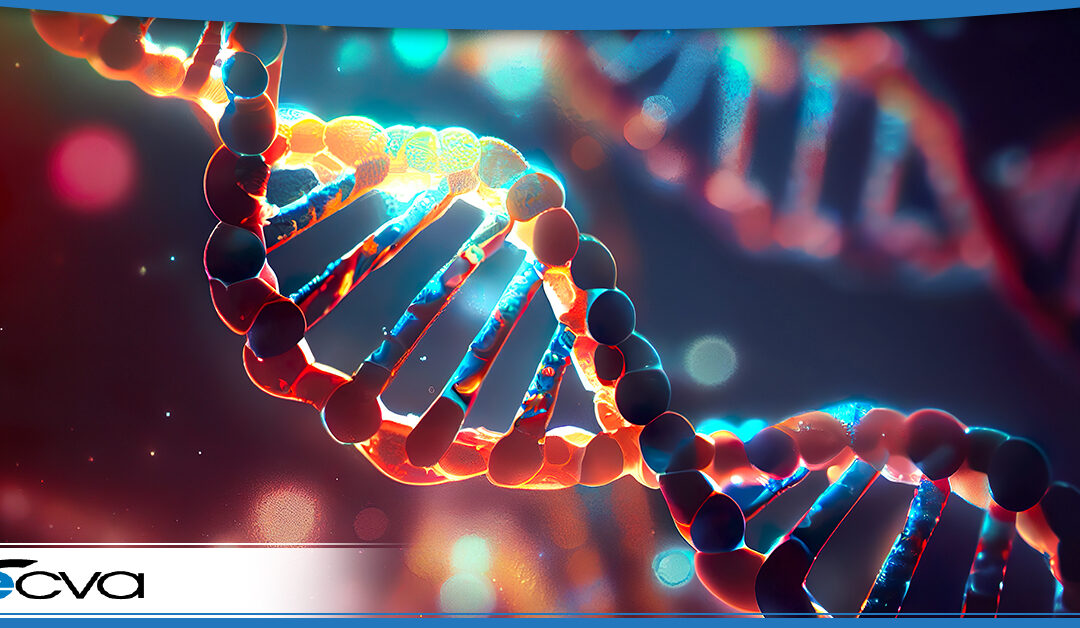Some eye conditions are related to specific genetic markers. As a result, these eye conditions can be inherited. By understanding what conditions have genetic factors, it’s easier to anticipate your risk of developing them. In turn, it can help you take a more proactive approach to your eye health, which can make a significant difference in overall outcomes.
Here is a look at some common eye conditions that can be linked to genetics.
Myopia and Hyperopia
Both myopia (nearsightedness) and hyperopia (farsightedness) can have a genetic component. Anyone with a first-degree relative with either condition is significantly more likely to develop it than individuals without family members with the condition.
Research involving myopia in children also demonstrates that specific demographics are more likely to develop the condition. For example, one study showed the prevalence is far higher in South Asian children, coming in at nine times greater than among white Europeans.
Glaucoma
Glaucoma is the most common cause of blindness worldwide, as the condition can permanently damage the optic nerve due to increased pressure in the eye. Having a family history of glaucoma puts you at far greater risk, making you four to nine times more likely to develop the condition.
Additionally, people of Hispanic descent are at greater risk than those of European descent. Individuals of Asian descent have a heightened risk of angle-closure glaucoma than other demographics. Glaucoma is also up to eight times more prevalent in the African-American community than in the Caucasian community.
Age-Related Macular Degeneration
Age-related macular degeneration (AMD) – an eye condition that leads to a damaged macula, which causes a reduction in central vision – also seemingly has a genetic component. According to research, an estimated 20 percent of patients with AMD have a family member with the condition, and having a family history makes you four times more likely to develop AMD.
Studies also suggest that Caucasians are more likely to develop AMD than African Americans. Data on whether individuals of Hispanic descent are more or less likely to develop AMD than Caucasians is conflicting, with some reports showing a higher occurrence while others a lower one.
Cataracts
While cataracts are common as people age, specific occurrences of the condition have genetic components. Congenital or childhood bilateral cataracts autosomal dominant inheritance was present among 44 percent of cases examined in one particular study.
Specific ethnic heritages are also at greater risk of developing cataracts in general. For example, African Americans and Latinx Americans are at greater risk than Caucasian Americans.
While a genetic predisposition to specific eye conditions is often concerning, being proactive makes a difference. Proper care and monitoring can lead to an earlier diagnosis, allowing for treatment plans that can slow disease progression and preserve eye health and vision.
At ECVA, the safety and health of our patients’ eyes are our priority. If you’re concerned about whether you’re developing an eye condition with a genetic component or simply haven’t visited your eye care provider in the past year, the ECVA team is here to help. Schedule an appointment at your closest ECVA clinic today.

